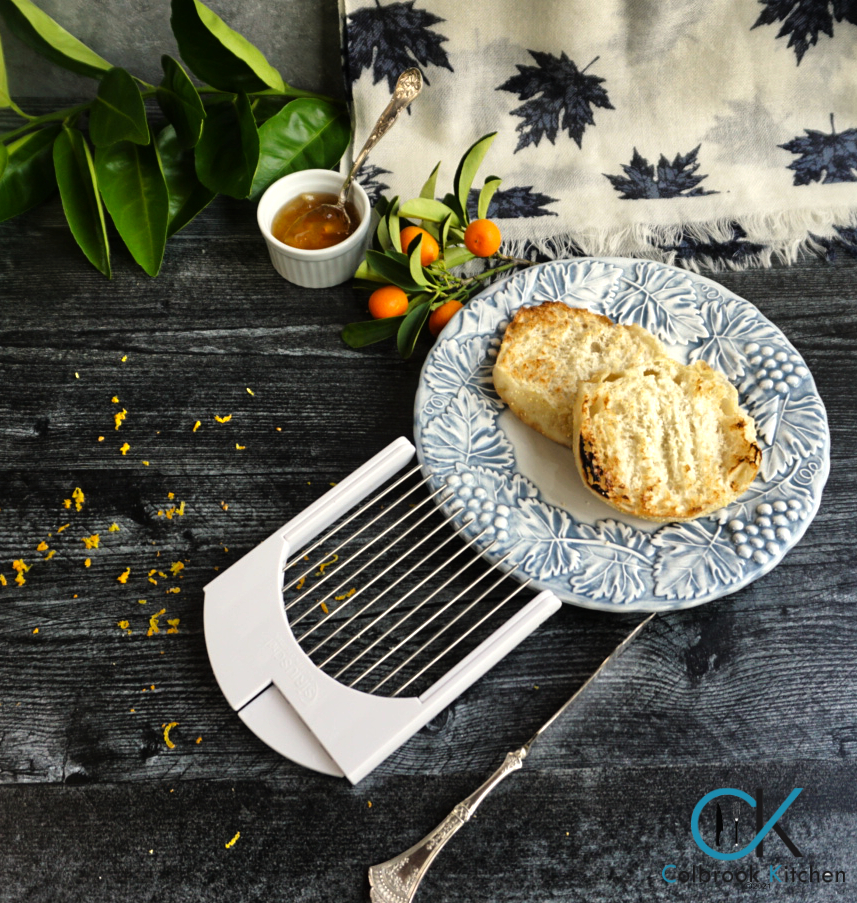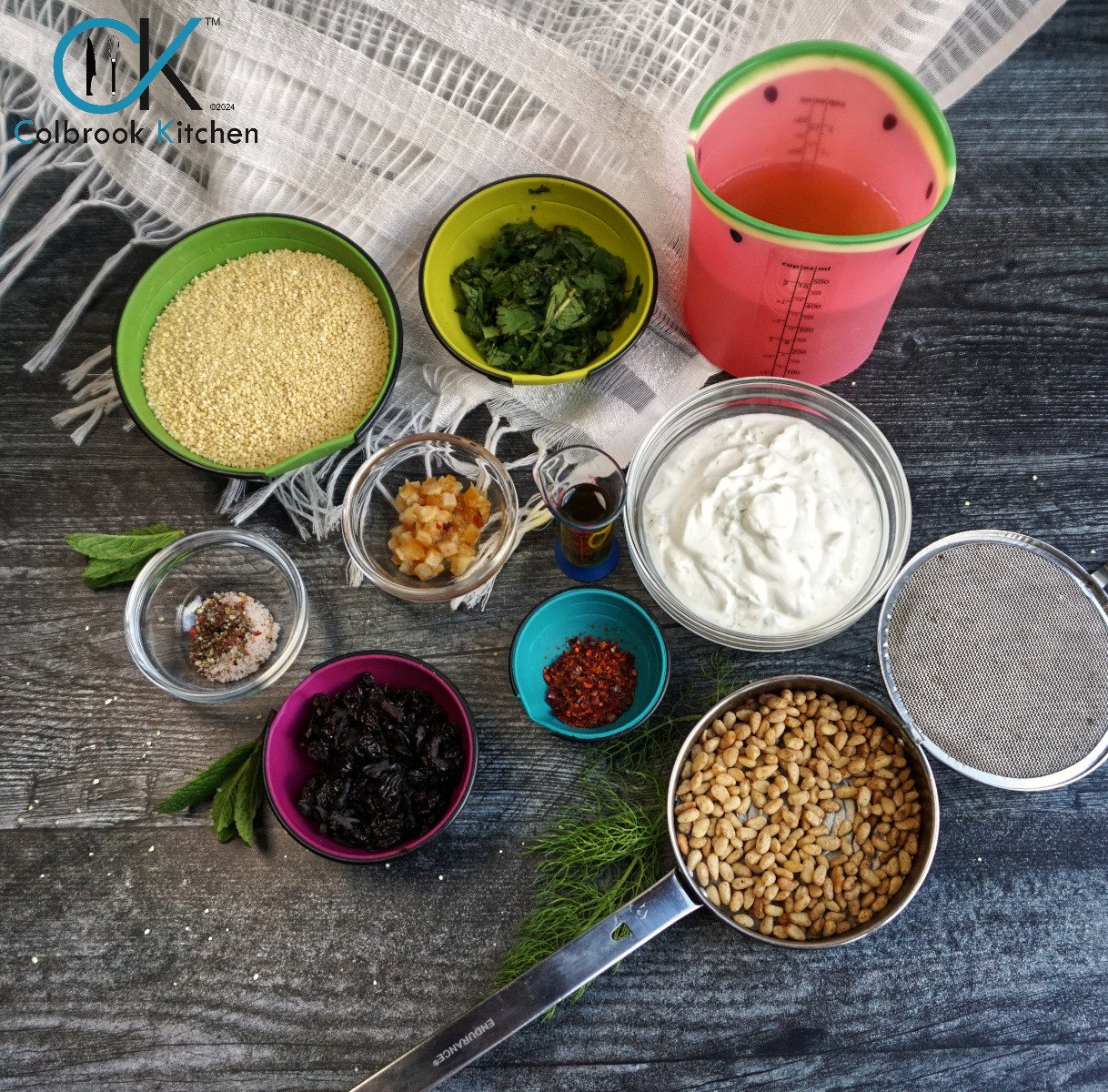Cool Tip: A Proper Cuppa Tea...
- Jun 23, 2015

With Downton Abbey just over for the season and Mr. Selfridge just getting underway for its second season, I’ve been doing a little reading, some testing, and a lot of thinking about tea. I’ve come up with three conclusions:
- A better cup of tea is produced when the tea leaves have some elbow room. (Tea at least doubles in size when soaked in water); and
- When the brewing is complete, the tea leaves should be removed from the pot, so that the tannins in the tea leaves don’t make your tea bitter.
Here are the opinions of those with more expertise than we have...
High quality loose teas are made from the Camellia sinensis plant’s finest hand-picked buds, whole tea leaves, large pieces of leaves, or a combination of these parts. The time of year and growing conditions greatly affect the quality of tea. When all of these factors are taken into account, much like a fine wine, the tea retains its distinctive flavors and characteristics.
In contrast, the tea found in tea bags usually consist of smaller pieces of tea leaves or tea fannings (also referred to as dusts) which may give a quicker brew, but lack the subtlety and full flavor of the larger loose leaf teas…. Tea bags can also release more tannins than loose teas giving a harsher flavor to the tea. (Teavana.com)
The main difference between loose teas and bagged teas is the size of the leaves. That's what effects the resulting cup of tea. Tea leaves contain chemicals and essential oils, which are the basis for the delightful flavor of tea. When the tea leaves are broken up, those oils can evaporate, leaving a dull and tasteless tea. Typical tea bags are filled with the tiniest pieces of broken leaves, called fannings. Loose teas are typically whole leaves or at least large pieces of leaves.
On top of the leaf size, there is also the space factor. Tea leaves need space to swell, expand and unfurl. Good water circulation around the leaves is important, which doesn't typically happen in a cramped little tea bag. (Coffeetea.com)
So now we have some idea of “what”, here’s some guidance on “how”. There seem to be as many opinions on this subject as there are varieties of tea.
Fresh Water. Always start with fresh water in your tea kettle and boil it only once. According to one commentator, the process of making tea is a chemical reaction that requires oxygen in the water: reboiled water does not have this in sufficient quantity. Also, the better tasting the water, the better your tea will be, so if your water is funky, use bottled (but not distilled) water.
Heat the Pot. Almost everyone agrees that heating the teapot with hot water before putting the tea and tea water into the pot will make a better cup of tea. This is to prevent the pot from lowering the temperature of the tea water.
Boiling Water...or not. Many people say that the water MUST be boiling, but my tea guy (yes, I have a tea guy) tells me that different teas require different temperatures of water. So, for example, Lapsong Suchong, a smoky black tea) benefits from boiling water, while Oolong and Jasmine teas need a gentler temperature or they become bitter.
Here is the list from wikiHow:
- White or green teas (full leaf): Well below boiling (170-185 F or 76-85 C). When the water boils, turn off the heat and let the water cool for 30 seconds for white tea and 60 seconds for green tea before pouring it over the leaves.
- Oolongs (full leaf): 185-210 F or 85-98 C
- Black teas (full leaf): Water must be at a rolling boil (212 F or 100 C). The most common mistake is to steep black tea with water that is not hot enough, which can prevent the active substances in black tea from developing.
- Pu-erhs: Full rolling boil (212 F or 100 C).
Amount of Tea. Again, from wikiHow: Start with one heaped teaspoon per cup of tea to be made, unless you have instructions which say otherwise. The amount of loose tea you use will depend on the type and strength of the tea, as well as your individual taste, so a little experimentation may be in order.
Brewing Time. This is important: too little and your tea is too weak, but too much brewing time will bring out the tannins, which will turn your tea bitter. So, depending on the tea and your taste, a brewing time of between 3 and 4 minutes is optimal. Once you have reached the end of the brewing period, you should remove the tea leaves from the water so that you stop the brewing process and save yourself from bitter tea.
Waiting Time. One source recommends an optimal waiting time of 7 minutes after removing the tea. This is primarily so you don’t burn your mouth, so this time period is entirely up to you.
Now sit down, relax, have a nice cup of tea, and ...
Enjoy!





